National Museums Liverpool (NML) is currently in the midst of its Waterfront Transformation Project, a multi-million, 10-year development to redevelop the city’s iconic dockland.
Liverpool is home to several museums and galleries, seven of which are managed by NML. These include the World Museum, Walker Art Gallery, Sudley House, and Lady Lever Art Gallery, located across the city region, and the Museum of Liverpool, International Slavery Museum and Maritime Museum in the waterfront area.
The Waterfront Transformation Project will enhance the museums in this space, as well as significantly develop the surrounding dock. Numerous under-utilised smaller buildings from National Museums Liverpool’s vast estate will be developed to create new amenities and to better tell the stories of Liverpool's maritime history and the city's role in the trade of enslaved African people.

We spoke to Laura Pye, director of National Museums Liverpool, who shared how the organisation balances the needs of this diverse portfolio while working to share stories and challenge expectations.
Coming home
Laura Pye has been director of NML for six years. She was previously head of culture for Bristol City Council, where she led five museums, and interim head of culture for Warwickshire County Council.
“I grew up in Liverpool, this is my home city,” she says. “I've worked in museums or heritage and cultural services all my career. I moved away from the city for 16 years and came back for this job. I was in Bristol and loving Bristol; it was a great city to live in and a lot of fun. Then, this job came up, and the opportunity to come home and lead my home museum service was too big of a draw.
“I came in the summer of 2018 and spent six months learning about the organisation. Then we probably spent another six to eight months writing the strategy about who we wanted to be and our ambitions."
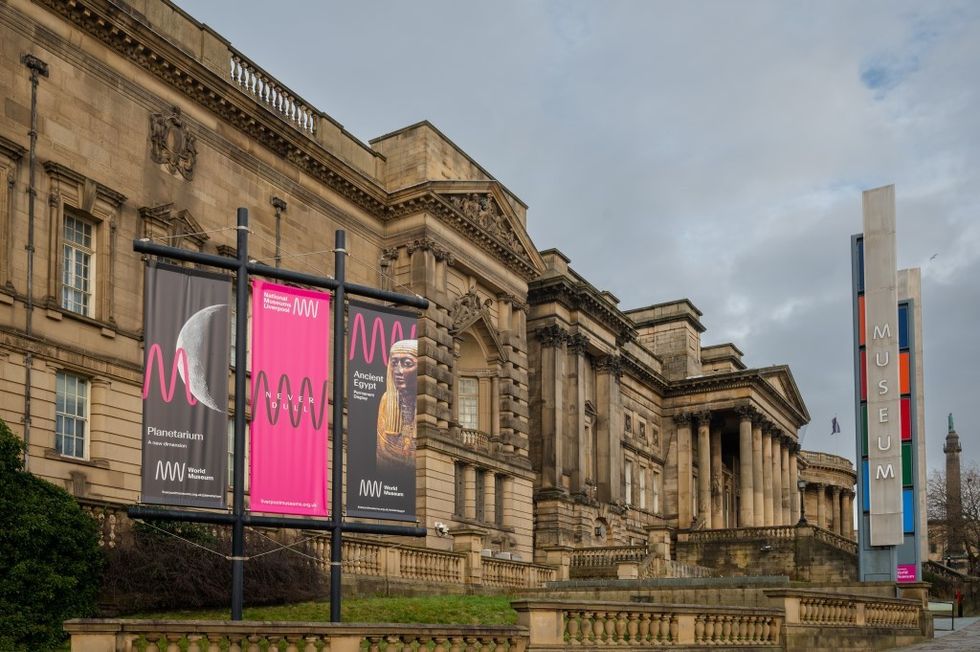
Then came the pandemic.
“We review the strategy quite frequently because it was written pre-COVID. It's interesting because the world changed massively. For some things, COVID helped us move forward quicker, and obviously, some things were delayed by COVID.
“So, we have this endless conversation around some of our aims and vision points in the strategy. Will we meet them by 2030, or is it different now?”
Challenging expectations at National Museums Liverpool
The strategy is driven by a mission to create memorable experiences and challenge expectations.
“We’re trying to make sure that there is something for everyone across the whole of NML. There is something that everyone would want to engage with, and that we provide spaces that create those memorable experiences,” says Pye.
“Challenging expectations is important, which came from many conversations with staff. They probably best described it by saying, ‘We want to make the uncomfortable feel comfortable in our spaces’. If you're uncomfortable going into a museum, we want to make you feel comfortable in that space."

“But equally, if you're comfortable in a museum, we actually want to make you feel a bit uncomfortable because we want to challenge those expectations about what you find in a museum.
”We want people who think museums are not for me, or art galleries are not for me, to come in and go ‘Actually, it's quite cool here. I kind of like it’. And we want people who are really comfortable, who spend their entire childhoods going to museums and galleries and have that kind of social capital of being comfortable in those spaces, to push their thinking on different issues and talk about different things.”
League of museums
The varied museums and galleries in National Museums Liverpool offer experiences that appeal to a wide range of audience groups.
“For me, though, National Museums Liverpool is a group, and I talk about it being like a league,” Pye explains.

“I want NML to be Premier League. I want all of our museums to be the best of the best - in terms of the work we're doing, in terms of the welcome you get when you come in, in terms of our facilities, in terms of our displays, in terms of our education work, all of those things. So it is about creating a group of museums, or a league of museums, that are seen as being world leaders.
“We talk a lot about our position in the city region and how we want to be a player there.
“But also, we're a national museum. So, what's our position nationally and internationally, and what are we bringing there in terms of our role in those spaces? We also talk about being more commercial and investing in our infrastructure, collection, buildings, and schools programme.
“Ultimately, it's all about us raising the quality level so that people can see that we are operating in that higher league.”
Capital investment
In addition, the organisation is working to deliver three ‘Pillars of Physical Transformation’: the Waterfront Transformation Project, the development of the city centre offer and office space, and a significant update to the collections store.
“ COVID accelerated the office stuff because everybody worked from home. We had an office building that was in a bad state. So, we vacated that space much earlier than we thought we would.
“But the priority remains the waterfront and the work we're doing there, and it has grown bigger. We own a lot of buildings down on the waterfront and a lot of public realm spaces."
“Ultimately, the cornerstone of that development is about redeveloping the International Slavery Museum and the Maritime Museum, that is the big driver. But we've been fortunate to secure funding for other projects, and we want to consider the whole public space.
One strand of the project, to refurbish the Museum of Liverpool, is already complete.
“That was about, in truth, the things that you wish you had done when you built a new museum,” says Pye. “I imagine it's a bit like building a home when you think, why did I put that plug socket there? It was stuff like, why is our cafe too small? We need to make it bigger. The shop needs to be bigger. Why is our reception desk so big? Because if we had a smaller desk, we could do more events in this space.”
Supporting the city
Work is now taking place at Canning Dock, with design led by Architects Asif Khan Studio and artist Theaster Gates. The Canning Dock project has received £10m funding from the UK Government’s Levelling Up Fund. It will reveal the dock’s heritage, including two dry docks built in the 18th century, the oldest visible part of the Liverpool Docks. In addition, this phase will connect the Dock with the surrounding museums.
“We got some Levelling Up funding to help with that, thinking about the public realm and the access to the public realm, and putting in a new bridge. It is about us supporting the city in terms of how people negotiate their way around that space and how we can use the waterfront in other major events,” says Pye.
NML is set to create new exhibition spaces at the International Slavery Museum and a new entrance space that will better communicate the museum's gravitas. The Maritime Museum will be enhanced with a new interpretative scheme.
“Ultimately, the priority for us is still the International Slavery Museum and the Maritime Museum, and that project is moving forward at pace. We've got architects in place. We've just put in for planning permission for the International Slavery Museum and Maritime Museum, and we are busy fundraising for it now.”
Driving wider economic benefit at National Museums Liverpool
This development illustrates how museums can drive regeneration and growth.
“We've seen that museums can create endless opportunities,” Pye says.
“We have a vital role to play in society, more broadly in terms of economic growth. We probably see this more in Liverpool than anywhere else. Liverpool is widely discussed as being one of the greatest places to visit, because it has a strong cultural sector and museums. Royal Albert Dock in Liverpool is the biggest tourist attraction.
“40 years ago, it was wasteland.”
Royal Albert Dock opened in 1845 and offered secure warehousing and quick turnarounds for sailing ships delivering cargoes such as hemp, cotton, sugar, and jute. However, as ships grew larger, the facility quickly became outdated and began to decline.
Work began to develop the derelict site in the 1980s, and the Maritime Museum site opened in 1986.
“The regeneration of that space was led by culture," says Pye. “But we're at a point now where I'm slightly concerned people are taking that for granted. Unless you continue to invest in that cultural offer, you start to lose the benefits that it's bringing in. You need the cultural offer to keep investing in new products, exhibitions, new developments in school programmes and so on.
“And we can do all of that. If we can do all the great stuff about community cohesion, wellbeing, and educational attainment, we also bring great economic benefit.”
Liverpool as a tourist city
National Museums Liverpool venues are highly valuable to the visitor economy, with the waterfront attractions reporting a particularly strong tourist audience.
“People want to go to cultural places. Museums, in particular, drive that.
“Liverpool is a prime example. Do people come to Liverpool for the museums? Sometimes, yes, but sometimes they come for the football. Sometimes, they're coming for a whole range of other things. But they stay for the weekend because they look and go, ‘There is loads in Liverpool we can do’. And our seven museums are part of that offer.
“So, I think that's the thing that we have to consider: how museums can bring huge benefits, both to people and communities, as well as to the economics of a place. But you've got to invest in the offer for that to happen.”
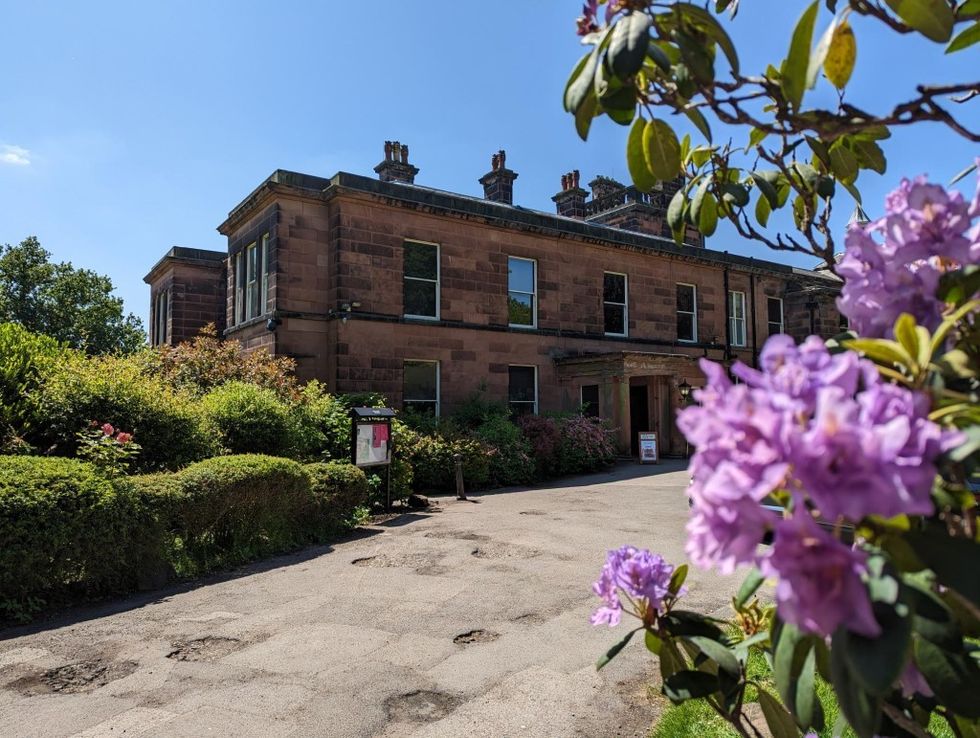
Financial crisis
Funding, says Pye, is the biggest challenge facing the museums sector.
“Museums are expensive,” she says, “but they’re a very small amount of public money that we spend in the UK.
“You can't effectively care for a collection and historic buildings on the funding currently going into the sector.
“The reality is, these buildings cost. It costs to care for that collection, and all the stuff that museums do that really add value - around educational attainment, supporting people with isolation, or working with people with dementia. All of that requires a stable ground underneath you - a museum building, curators, someone looking after the collection, and everything else that underpins that. And that has been eroded over the last 10, 15 years."
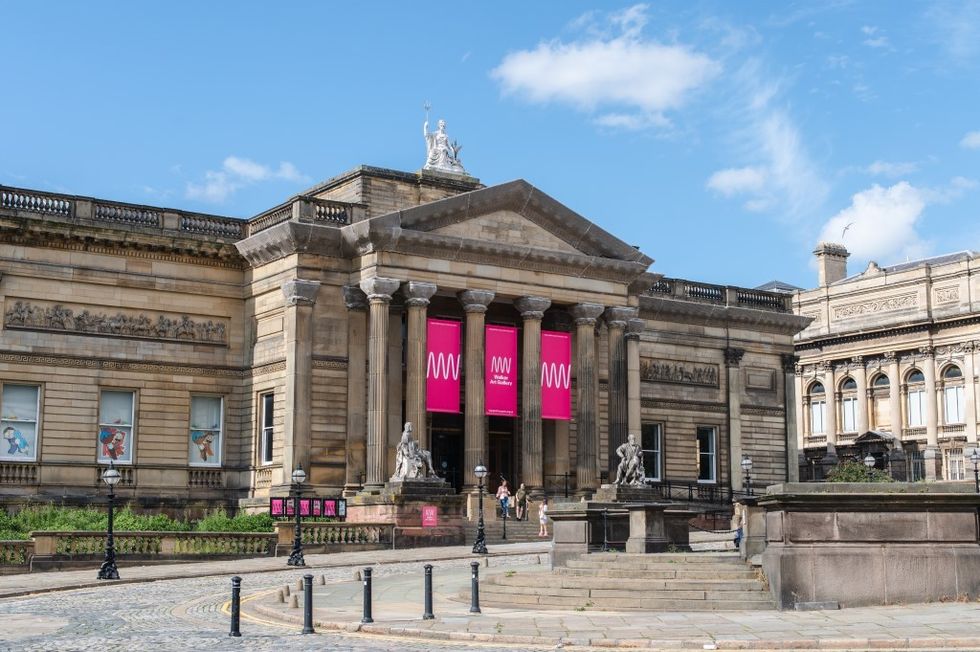
“We've just seen costs go through the roof. Energy costs are killing us. If you run an estate the size of ours, the increase in energy cost is huge, and wages have increased significantly, and rightly so. But that is an impact.
“When your grants and aid are not going up at the same rate as inflation, salaries and energy, there are some real challenges. I hate to talk about money being the biggest challenge because I feel like, as a sector, we've done that a lot. But we risk losing some big museums if we can't resolve the financial issues.”
New models for sustainable practices at National Museums Liverpool
National Museums Liverpool is looking to new models to try and overcome this challenge.
“We will continue to try and invest in the estate,” Pye says. “We want to be able to decarbonise the estate as much as possible, so we've got big plans to ensure our museums are sustainable for future generations.
“We're also looking at new types of exhibition offer and a new commercial model. We've got a tour out in China at the moment, and we've got another tour ready to go out. Our Bees exhibition, which we did in collaboration with Wolfgang Buttress, goes on a world tour after us.”
These touring exhibitions are opening up possibilities for a new, self-sustaining approach.
“We're trying to look at the model, around how do we bring things to Liverpool that are new and exciting, and a new type of offer? And how do we commercialise that afterwards so that it tours and helps us fund more new products that can come into Liverpool?
Under Pye’s leadership, National Museums Liverpool is positioned to build its status as a world-class museum group, drawing on an international reputation to solidify the city’s cultural and economic future.
NML has recently announced its Autumn / Winter 2024 exhibition programme. Highlights include a celebration of LGBTQ+ icon and music legend Holly Johnson, an exhibition of evening wear from the 1920s, and an outstanding collection of work by Black British women and non-binary artists.


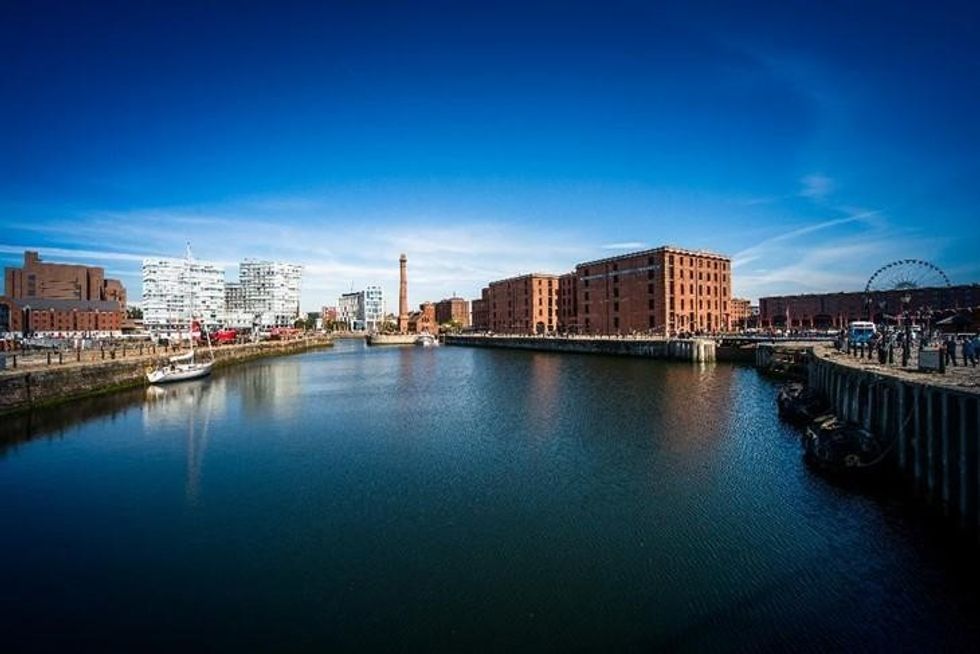



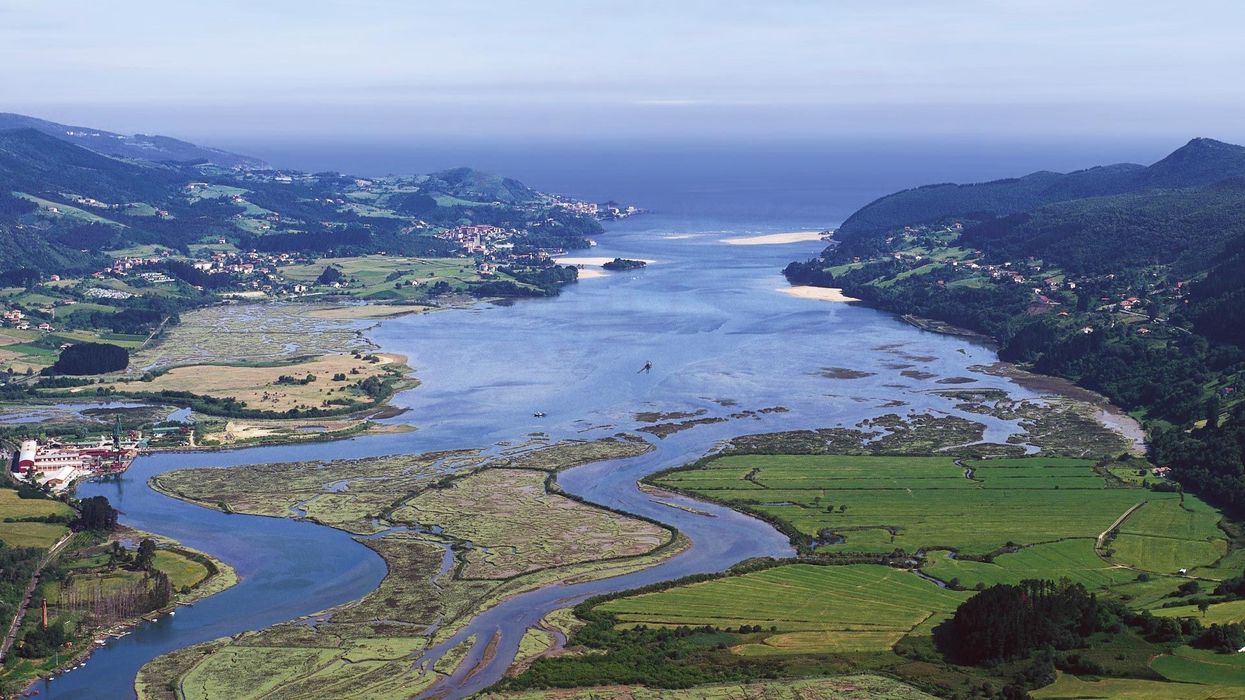
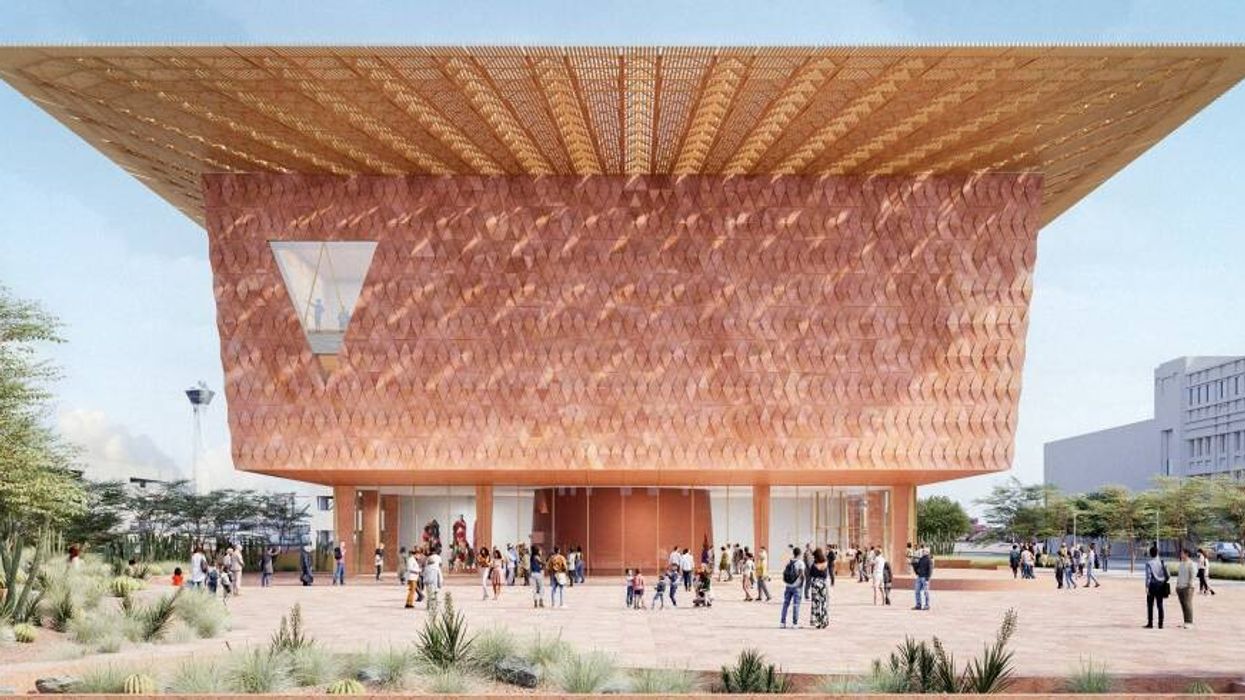

 TM Lim and Adam Wales
TM Lim and Adam Wales





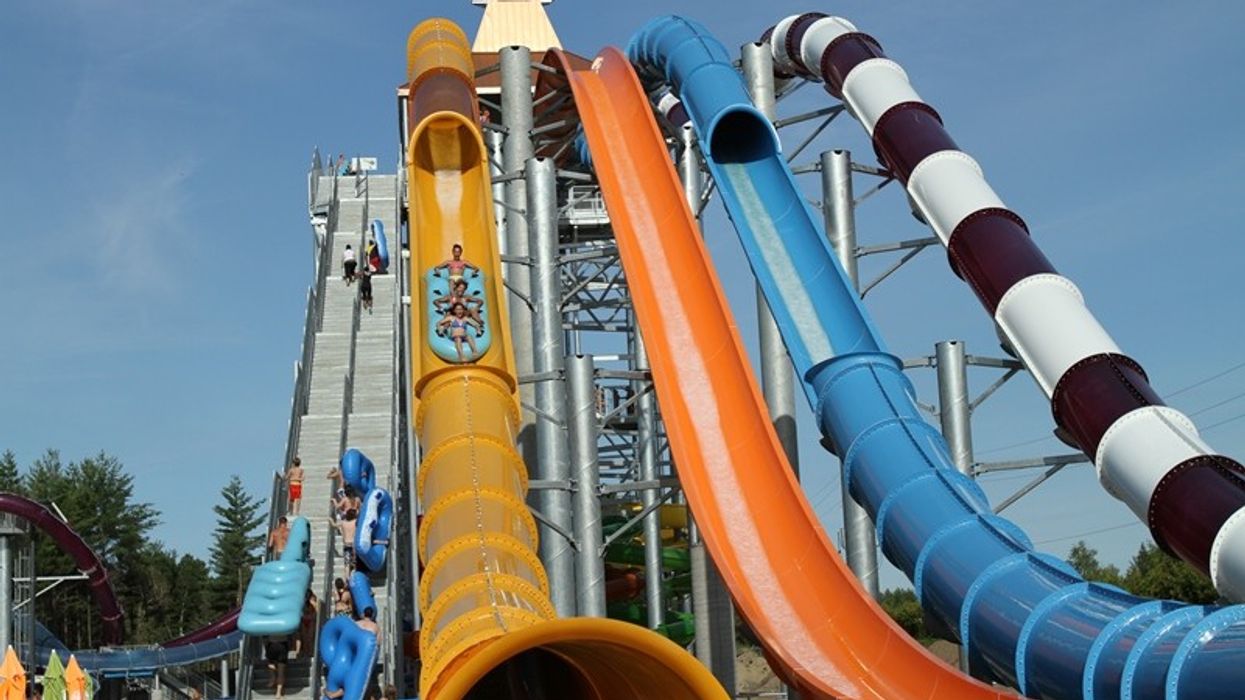
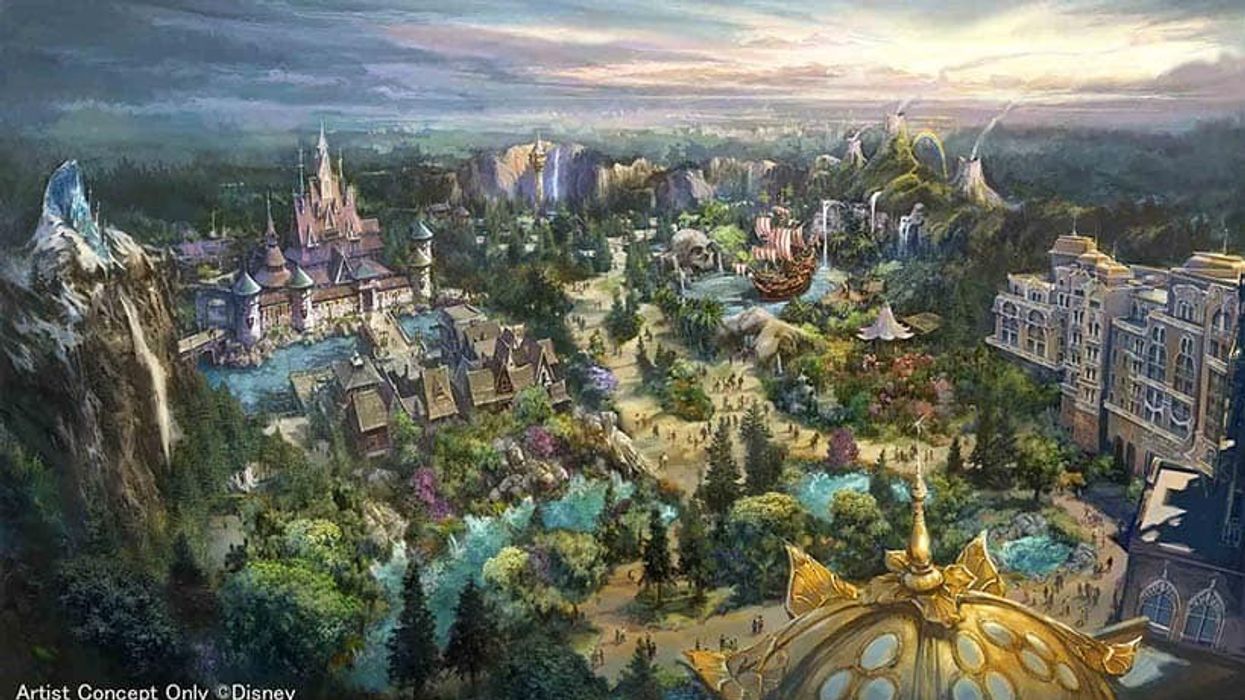
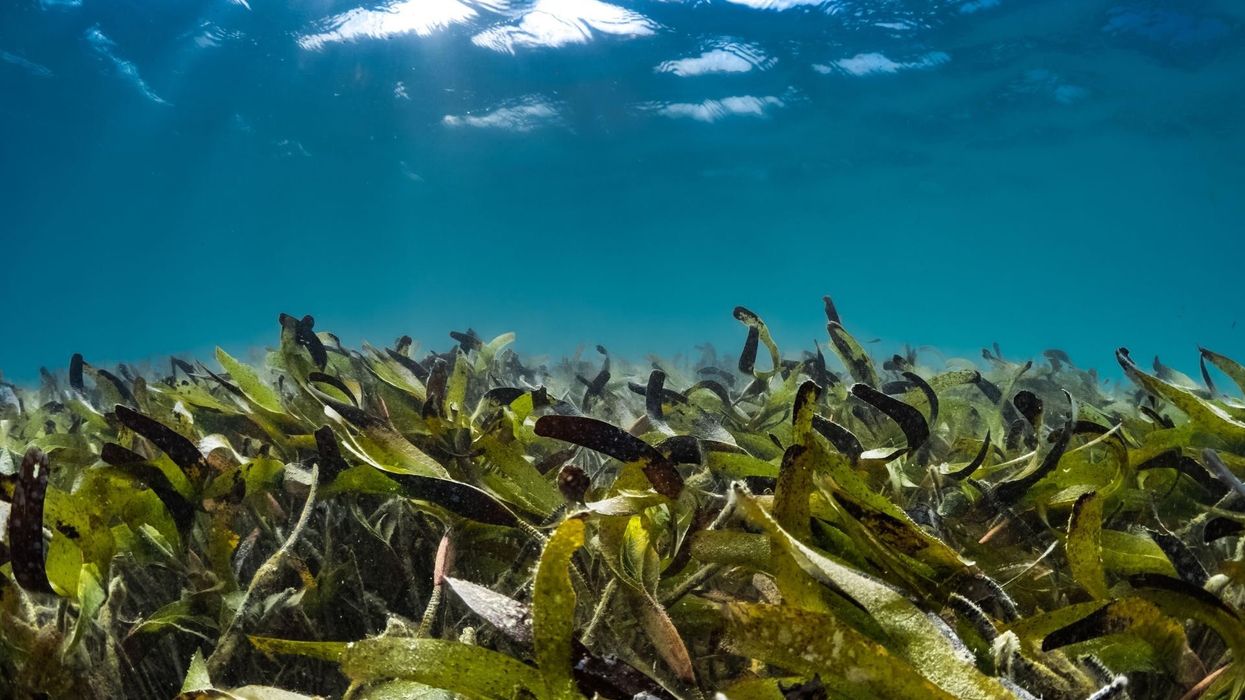

 Toby Harris
Toby Harris Hijingo
Hijingo Flight Club, Washington D.C.
Flight Club, Washington D.C.
 Flight Club Philadelphia
Flight Club Philadelphia Flight Club Philadelphia
Flight Club Philadelphia Bounce
Bounce Hijingo
Hijingo Bounce
Bounce
 Fernando Eiroa
Fernando Eiroa











 Nickelodeon Land at Parque de Atracciones de Madrid
Nickelodeon Land at Parque de Atracciones de Madrid Raging Waters
Raging Waters  Mirabilandia's iSpeed coaster
Mirabilandia's iSpeed coaster Parque de Atracciones de Madrid
Parque de Atracciones de Madrid Ferracci at the ribbon-cutting ceremony for Nickelodeon Land at Mirabilandia, with (left) Marie Marks, senior VP of global experiences for Paramount and (cutting the ribbon) Sabrina Mangina, GM at Mirabilandia
Ferracci at the ribbon-cutting ceremony for Nickelodeon Land at Mirabilandia, with (left) Marie Marks, senior VP of global experiences for Paramount and (cutting the ribbon) Sabrina Mangina, GM at Mirabilandia Tropical Islands OHANA hotel
Tropical Islands OHANA hotel Elephants at Blackpool Zoo
Elephants at Blackpool Zoo  Tusenfryd
Tusenfryd
 Andrew Thomas, Jason Aldous and Rik Athorne
Andrew Thomas, Jason Aldous and Rik Athorne







